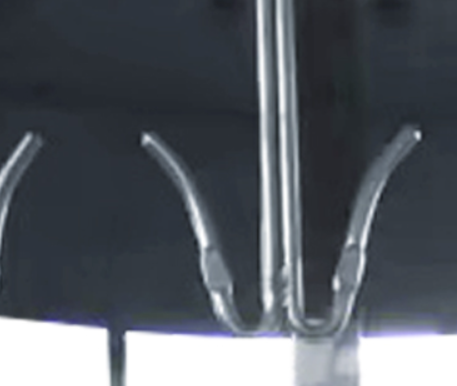Efficient Hammer Mill Solutions for Poultry Feed Production and Processing
Nov . 10, 2024 11:47 Back to list
Efficient Hammer Mill Solutions for Poultry Feed Production and Processing
The Importance of Poultry Feed Hammer Mills in Modern Agriculture
In the landscape of modern agriculture, the efficient production of animal feed plays a crucial role in ensuring food security and sustainability. Among the various types of equipment used in feed production, the poultry feed hammer mill stands out as a pivotal machine. This article explores the significance of poultry feed hammer mills, their functioning, and their contributions to the poultry industry.
Understanding Hammer Mills
A hammer mill is a device that uses a rotating shaft with hammers attached to grind materials into smaller particles. In the context of poultry feed, these machines are designed to process a variety of raw materials, including grains, legumes, and by-products, into a finely ground product suitable for animal consumption. The key feature of a hammer mill is its ability to produce a uniform particle size, which is essential for optimal feed efficiency and animal health.
Advantages of Using Hammer Mills for Poultry Feed
1. Improved Feed Efficiency The finely ground feed produced by hammer mills allows for better digestion in poultry. Smaller particle sizes increase the surface area of the feed, which enhances nutrient absorption in the digestive tract. This improved efficiency can lead to healthier birds and increased weight gain.
2. Versatility Hammer mills can process a wide range of materials, making them versatile for poultry feed production. Ingredients such as corn, soybean meal, wheat, and various additives can be easily ground to the desired consistency. This flexibility enables feed manufacturers to formulate customized rations that meet the specific nutritional needs of different poultry types.
3. Cost-Effectiveness By using a hammer mill, feed producers can optimize their ingredient usage and reduce waste. This is particularly important in an era where feed costs represent a significant portion of overall poultry production expenses. Efficient milling ensures that more of the raw material is converted into usable feed, ultimately leading to cost savings.
poultry feed hammer mill

4. Consistent Quality One of the critical aspects of poultry nutrition is the consistency of feed quality. Hammer mills are designed to deliver uniform particle sizes, which helps maintain homogeneity in feed formulations. Consistent feed quality is essential for promoting uniform growth rates and health in flocks.
The Role of Technology
Modern poultry feed hammer mills have integrated advanced technology to enhance their performance. Features such as variable speed control, advanced screening systems, and automation contribute to greater efficiency and ease of operation. These technological advancements allow feed producers to monitor and control the milling process to ensure optimal results.
Environmental Considerations
As sustainability becomes a priority in agriculture, hammer mills also contribute to reducing the environmental impact of feed production. By enabling the use of by-products and alternative ingredients, these machines support the circular economy in agriculture. Additionally, efficient feed production means reducing waste and optimizing resource use, further promoting environmentally friendly practices.
Conclusion
In conclusion, the poultry feed hammer mill is an essential tool in the poultry industry, providing numerous benefits that enhance feed efficiency, production quality, and sustainability. As the agricultural sector continues to evolve, the role of advanced machinery like hammer mills will become even more critical in meeting the rising demand for poultry products while minimizing environmental impact. For anyone involved in poultry production or feed manufacturing, investing in a high-quality hammer mill is a step towards achieving better productivity and ensuring the health of livestock. The significance of this equipment cannot be overstated, as it lays the groundwork for a more efficient and sustainable poultry industry.
-
Automatic Feeding Line System-Pan Feeder Nipple Drinker|Anping County Yize Metal Products Co., Ltd.
NewsJul.29,2025
-
Hot Sale 24 & 18 Door Rabbit Cages - Premium Breeding Solutions
NewsJul.25,2025
-
Automatic Feeding Line System Pan Feeder Nipple Drinker - Anping County Yize Metal Products Co., Ltd.
NewsJul.21,2025
-
Automatic Feeding Line System Pan Feeder Nipple Drinker - Anping County Yize Metal Products Co., Ltd.
NewsJul.21,2025
-
Automatic Feeding Line System - Anping Yize | Precision & Nipple
NewsJul.21,2025
-
Automatic Feeding Line System - Anping Yize | Precision & Nipple
NewsJul.21,2025






